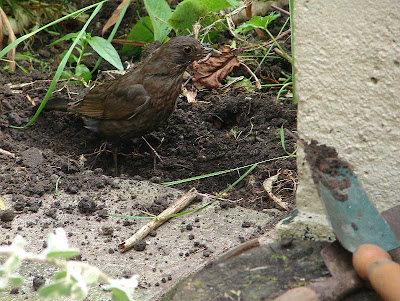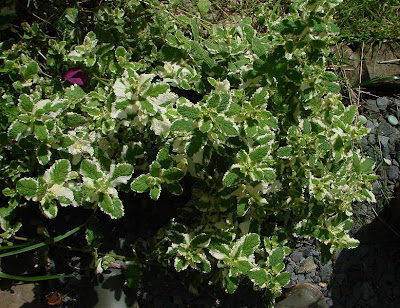
I have lots of different poppies in the gardens - various native red ones, yellow Welsh ones, and exotic red and purple ones. But my favourites are undoubtedly the orange Californian Poppies. The California poppy (
Eschscholzia californica) is native to grassy and open areas from sea level to 2,000m (6,500 feet) altitude in the western United States throughout California, extending to Oregon, southern Washington, Nevada, Arizona, New Mexico, and in Mexico in Sonora and northwest Baja California.
It can grow 5–60 cm tall, with alternately branching glaucous blue-green foliage. The leaves are ternately divided into round, lobed segments. The flowers are solitary on long stems, silky-textured, with four petals, each petal 2-6 cm long and broad; their color ranges from yellow to orange, and flowering is from February to September. The fruit is a slender dehiscent capsule 3-9 cm long, which splits in two to release the numerous small black or dark brown seeds. It is perennial in mild parts of its native range, and annual in colder climates; growth is best in full sun and sandy, well-drained, poor soil.
It grows well in disturbed areas and often recolonizes after fires. In addition to being planted for horticulture, revegetation, and highway beautification, it often colonizes along roadsides and other disturbed areas. It is drought-tolerant, self-seeding, and easy to grow in gardens. It is also pictured in welcome signs while entering California.




















































